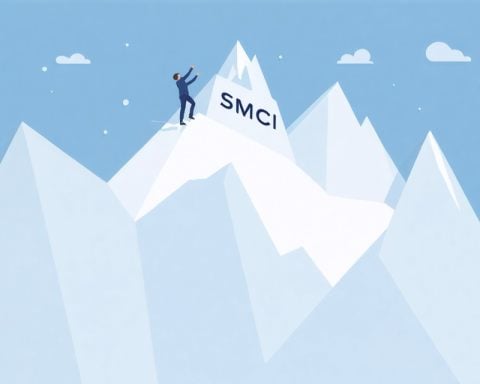As the legacy of 2G technology comes to an end, a new era of communication is on the horizon. The upcoming shift to 4G is set to revolutionize the telecommunications industry in Vietnam and beyond.
Government initiatives are paving the way for widespread adoption of 4G/5G technology, aiming to ensure that every citizen has access to a smartphone by 2030. This strategic decision is reshaping the landscape, prompting both telecommunication companies and consumers to swiftly adapt and upgrade their devices to avoid disruptions in connectivity.
The anticipation of a surge in demand for 4G-enabled feature phones is palpable as the market gears up for the 2G sunset. Forecasts project a substantial increase in sales of these devices, particularly in the wake of this technological transition.
Retailers like Hoàng Hà Mobile are rolling out enticing offers to encourage customers to make the leap to 4G technology. Incentives such as trade-in programs, discounts for upgrading from 2G to 4G phones, and even environmentally conscious disposal options for old devices are being introduced to facilitate the transition.
Amidst this technological evolution, Viettel Store and other retailers are also stepping up with attractive offers to incentivize the adoption of 4G-enabled devices. From zero-cost exchange programs to substantial discounts and complimentary data plans, retailers are making it easier than ever for customers to embrace the future of communication.
Transitioning to 4G: Embracing the Future of Communication – Exploring Deeper into the 4G Revolution
With the anticipation building around the transition to 4G technology in Vietnam and worldwide, it’s essential to delve deeper into this transformative shift in the telecommunications landscape. This article uncovers some key aspects and additional insights related to the adoption of 4G technology, addressing important questions and shedding light on both advantages and challenges associated with this transition.
What are the key technological advancements driving the transition to 4G?
One crucial aspect fueling the transition to 4G is the superior speed and efficiency it offers compared to its predecessors. 4G technology enables faster data transmission, smoother streaming experiences, and improved overall connectivity, setting the stage for enhanced communication and productivity.
What are some key challenges or controversies associated with transitioning to 4G?
One challenge that arises with the shift to 4G is the need for infrastructure upgrades to support the advanced technology. Ensuring widespread coverage and network reliability poses a significant challenge for telecommunication companies and governments. Additionally, concerns related to data security and privacy in the era of 4G connectivity need to be addressed to build trust among users.
Advantages of embracing 4G technology:
– Enhanced speed and performance: 4G technology offers higher data speeds and improved network performance, enabling seamless communication and multimedia experiences.
– Increased productivity: With faster internet connectivity, businesses and individuals can boost productivity and efficiency in their day-to-day operations.
– Advanced capabilities: 4G opens doors to innovative services and applications such as augmented reality, IoT, and high-definition video calling, enriching user experiences.
Disadvantages to consider:
– Cost implications: Upgrading to 4G devices and plans may come with increased costs for consumers, potentially creating a barrier to widespread adoption.
– Compatibility issues: Older devices may not be compatible with 4G technology, requiring users to invest in new hardware to fully leverage its benefits.
– Data consumption: Faster internet speeds can lead to increased data usage, which may result in higher bills for users unless managed effectively.
As the telecommunications industry gears up for the era of 4G technology, addressing these challenges while maximizing the advantages is crucial for a smooth and successful transition. By understanding the complexities and opportunities surrounding this evolution, both companies and consumers can navigate the changing landscape with confidence.
For more information on the latest trends and updates in the telecommunications sector, visit Telecom News.























